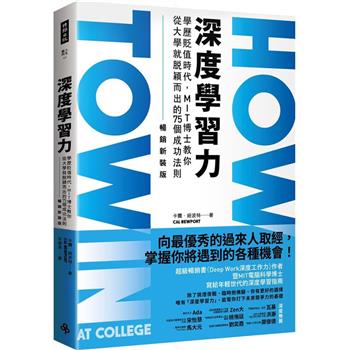The purpose of the following reprint is to update readers on the latest applications of machine learning methods in the field of geotechnical engineering, from planning and design to construction. Because the objects of geotechnical engineering are natural geological bodies, whose mechanical properties and internal structure are very complex, most geotechnical engineering problems involve the coupling of multiple fields and multiple phases. Therefore, traditional methods (e.g., theoretical methods, numerical methods, and experimental methods) cannot solve geotechnical engineering problems well. The development of artificial intelligence has supported better solutions to geotechnical engineering problems, and machine learning methods have been applied widely, currently representing a hot research topic. As a part of this reprint, leading experts in the field share their insights, research findings, and visions for the future. Together, we embark on a journey to unlock the full potential of machine learning method applications in the field of geotechnical engineering.
| FindBook |
有 1 項符合
The Application of Machine Learning in Geotechnical Engineering的圖書 |
 |
The Application of Machine Learning in Geotechnical Engineering 出版社:Mdpi AG 出版日期:2024-10-22 語言:英文 規格:精裝 / 364頁 / 24.41 x 16.99 x 2.87 cm / 普通級/ 初版 |
| 圖書館借閱 |
| 國家圖書館 | 全國圖書書目資訊網 | 國立公共資訊圖書館 | 電子書服務平台 | MetaCat 跨館整合查詢 |
| 臺北市立圖書館 | 新北市立圖書館 | 基隆市公共圖書館 | 桃園市立圖書館 | 新竹縣公共圖書館 |
| 苗栗縣立圖書館 | 臺中市立圖書館 | 彰化縣公共圖書館 | 南投縣文化局 | 雲林縣公共圖書館 |
| 嘉義縣圖書館 | 臺南市立圖書館 | 高雄市立圖書館 | 屏東縣公共圖書館 | 宜蘭縣公共圖書館 |
| 花蓮縣文化局 | 臺東縣文化處 |
|
|
圖書介紹 - 資料來源:博客來 評分:
圖書名稱:The Application of Machine Learning in Geotechnical Engineering
Sustainable Technologies for Food Waste Management
Control Theory for Practical Applications: With MATLAB Demonstration Programs
Food Security, Nutrition and Sustainability Through Aquaculture Technologies
Novel Nanocarriers for Skin Diseases: Advances and Applications
Advances in Autonomous Navigation Through Intelligent Technologies
Nonthermal Light-Based Technologies in Food Processing
Advances in Computational Intelligence Systems: Contributions Presented at the 23rd UK Workshop on Computational Intelligence (Ukci 2024), September 2
The Amateur Plankton Researcher’s Practical Guide: How to Study Plankton at Home
The Challenges of Era 5.0 in Accounting and Finance Innovation
Electrimacs 2024: Selected Papers - Volume 1
Control Theory for Practical Applications: With MATLAB Demonstration Programs
Food Security, Nutrition and Sustainability Through Aquaculture Technologies
Novel Nanocarriers for Skin Diseases: Advances and Applications
Advances in Autonomous Navigation Through Intelligent Technologies
Nonthermal Light-Based Technologies in Food Processing
Advances in Computational Intelligence Systems: Contributions Presented at the 23rd UK Workshop on Computational Intelligence (Ukci 2024), September 2
The Amateur Plankton Researcher’s Practical Guide: How to Study Plankton at Home
The Challenges of Era 5.0 in Accounting and Finance Innovation
Electrimacs 2024: Selected Papers - Volume 1
|











